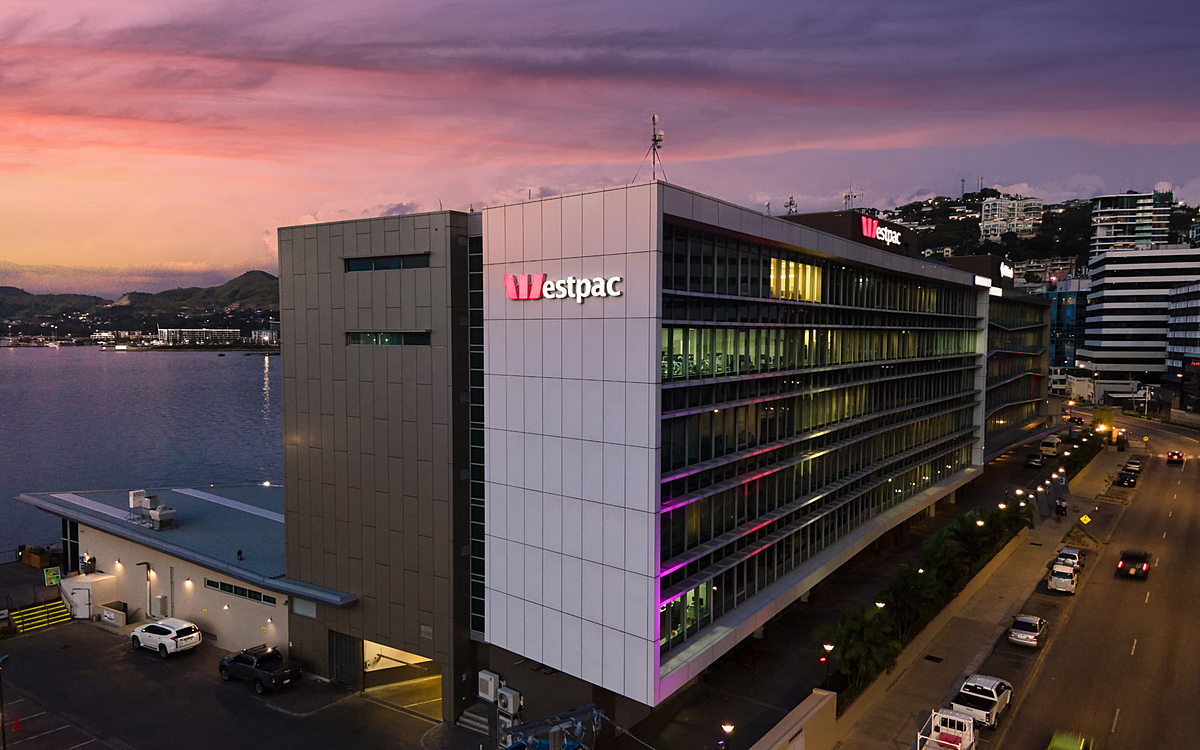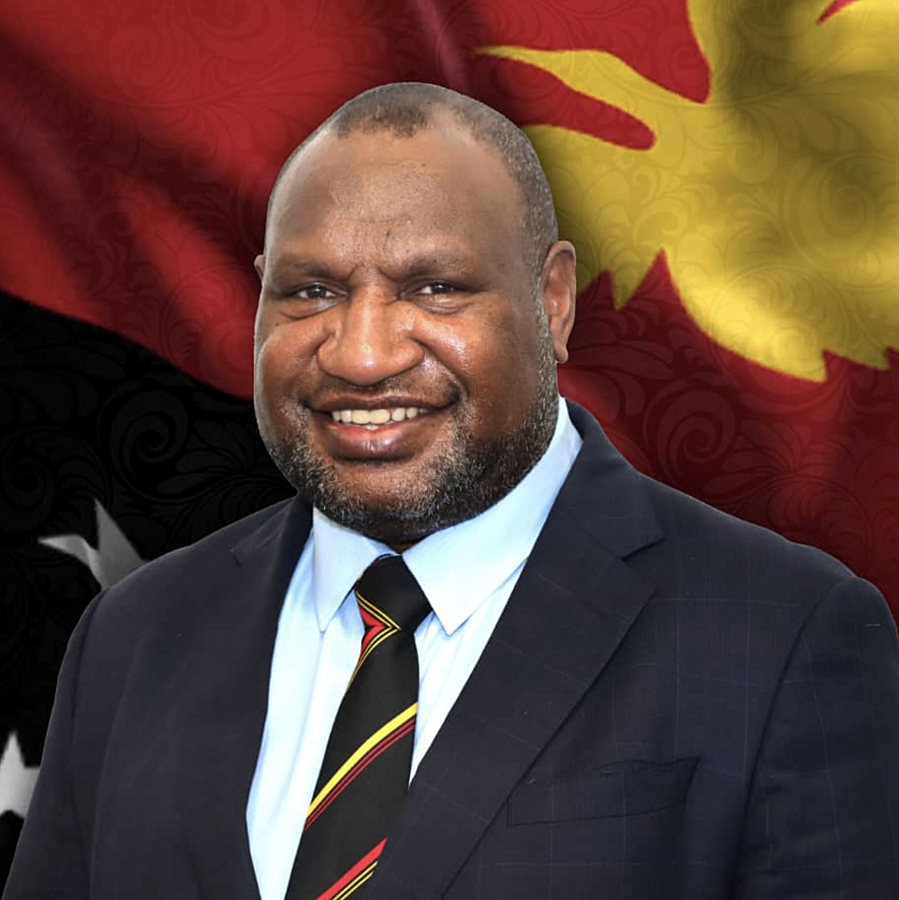Papua New Guinea’s economic prospects remain positive in 2025 despite rising global uncertainties, according to the latest PNG Economic Update released on 30 April by Justin Smirk, Director and Senior Economist at Westpac.
The report shows strong domestic fundamentals, firm growth forecasts, and increased investor confidence, even amid volatile global trade policies and fluctuating commodity markets.
It also showed results from the 2025 PNG 100 CEO Survey presented to the Port Moresby Chamber of Commerce, which revealed business confidence was “above average.” Firms reported higher-than-expected profits in 2024 and projected continued growth in investments and recruitment this year.
A significant improvement in foreign exchange (FX) clearing times, from over a month to under a week in some cases, further bolstered optimism, as acknowledged by the Bank of Papua New Guinea (BPNG) in its latest Monetary Policy Committee minutes.
Growth Forecasts Remain Robust
Westpac forecasts a 4.7% real Gross Domestic Product (GDP) growth for PNG in 2025, aligning closely with projections from other institutions:
- International Monetary Fund (IMF) at 4.6%,
- Asian Development Bank (ADB) at 4.2%
- BPNG at 4.0%.
These figures are underpinned by growth in both the mineral and non-mineral sectors, the report said. Porgera gold mine's improved output, increased LNG production, and strong agricultural performance from commodities such as coffee, palm oil, and cocoa are driving this momentum.
Moreover, higher government spending and robust activity in finance, insurance, and construction sectors are expected to sustain non-primary sector growth.
The medium-term outlook anticipates 5.0% to 6.0% annual GDP growth, buoyed by full production at Porgera and the Papua LNG (liquefied natural gas) project set to launch in 2026.
Commodity Prices and a Brief on Global Trade Tensions
According to the report, the escalating global tariff conflict, intensified by United States President Donald Trump’s declaration of 2 April as “Liberation Day” has disrupted trade norms.
While the imposition of a 10% US tariff on PNG exports appears daunting, its immediate impact is minimal; the US accounted for just 1% of PNG exports in 2023.
Prime Minister James Marape reaffirmed PNG’s commitment to non-retaliatory, free, and fair trade, emphasizing stronger ties with Asia-Pacific markets.
The report said that ironically, these geopolitical tensions have propelled gold and copper prices to unexpectedly high levels, supporting PNG’s export earnings.
Mineral Resources Authority Managing Director Jerry Garry projected mineral export revenue to soar from K19 billion in 2024 to K30 billion in 2025, contingent on global prices and Porgera’s performance.
Inflation and the PNG Kina
On inflation in PNG, economist Smirk elaborated that despite a brief inflationary reprieve in 2024, the depreciation of the kina is expected to drive inflation higher in 2025. Forecasts vary: BPNG predicts 3.0%, IMF 5.0%, and Westpac 4.7%. Foreign investment inflows could stabilize the kina and curb inflation over the medium term.
The kina has gradually depreciated, falling 1% against the USD and 4% against the AUD year-to-date, the report noted. From March to April, the PGK/USD exchange rate slid from 0.2487 to 0.2452. Against the AUD, it averaged 0.3924. Nonetheless, the increase in market turnover (K5.898 billion in March, up from K5.405 billion in February) suggests heightened FX activity.
In the report, Smirk goes ahead to give detailed updates of the interest rates and domestic debt market. The Kina Facility Rate (KFR) held steady at 4% through March, reflecting balanced inflation expectations. Treasury Bills (T-Bills) auctions showed increasing investor appetite, with all tenors oversubscribed. Notably, the 364-day tenor saw a K93.95 million oversubscription.
Weighted Average Rates (WARs) rose slightly for 91-, 182-, and 273-day bills, indicating mild shifts in investor sentiment. In contrast, the Government Inscribed Stock (GIS) auction faced an undersubscription of K40 million, the fifth such occurrence in 2025.
Only the 4-year tenor received full bids with a WAR of 9.03%, up by 3 basis points. This contrasts starkly with tenors such as 2-, 5-, and 10-year bonds which received no bids at all, suggesting caution in long-term market sentiment.
For external sector stability and international reserves, the current account remains in surplus, forecasted at K13.6 billion in 2025. Gross international reserves are projected at K14.6 billion, though import cover is expected to decline to 4.3 months, down from 6.3 in 2024.
This narrowing buffer highlights the importance of sustaining export revenues and managing external borrowing, the report said.
Public Sector Investment and Bilateral Engagements
Significant foreign investment announcements marked the first quarter of 2025. The US committed K1.6 billion to develop a 1.6-million-barrel fuel storage facility in Port Moresby through DGCI Corporation, commemorating PNG’s 50th anniversary of independence and diplomatic ties with the United States
Additionally, Mobil Oil New Guinea completed a K40 million upgrade of its Lae terminal to enhance fuel-loading efficiency. Meanwhile, Prime Minister Marape secured a bilateral agreement with New Zealand to boost technical collaboration in state-owned enterprises and agriculture, underscoring growing regional engagement.
Petroleum and Mining Sector Developments
The report noted that Petroleum Minister Jimmy Maladina invited the China State Construction Engineering Corporation to explore investments in PNG’s petroleum infrastructure. This reflects PNG’s active push to attract global partners for long-term sector growth.
MRA’s Jerry Garry emphasized the critical need for mineral exploration as current reserves are forecasted to deplete by 2060. The MRA is deploying seismic and magnetotelluric technologies to identify deep mineral deposits, ensuring the sector’s sustainability.
(All the updates reported for petroleum and mining sectors can be accessed on the PNG Business News website www.pngbusinessnews.com – Editor).
Risks on the Horizon
Regardless of the strong outlook, the report noted that risks persist, which is also highlighted in the PNG Economic Update.
BPNG identified a global slowdown, commodity price drops, natural disasters, and geopolitical tensions as potential threats. Westpac added that the US tariff war may provoke further instability, with a looming US recession limiting the US Federal Reserve’s ability to respond via interest rate cuts.
Still, the report notes that PNG’s 2025 economic trajectory appears resilient, driven by resource revenues, sound fiscal management, and strategic foreign partnerships. It advised stakeholders to remain vigilant and adaptive to the fluid external environment, ensuring that momentum is maintained through diversification, investment, and structural reform.










